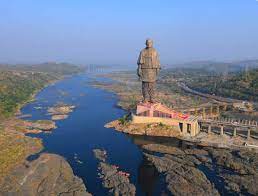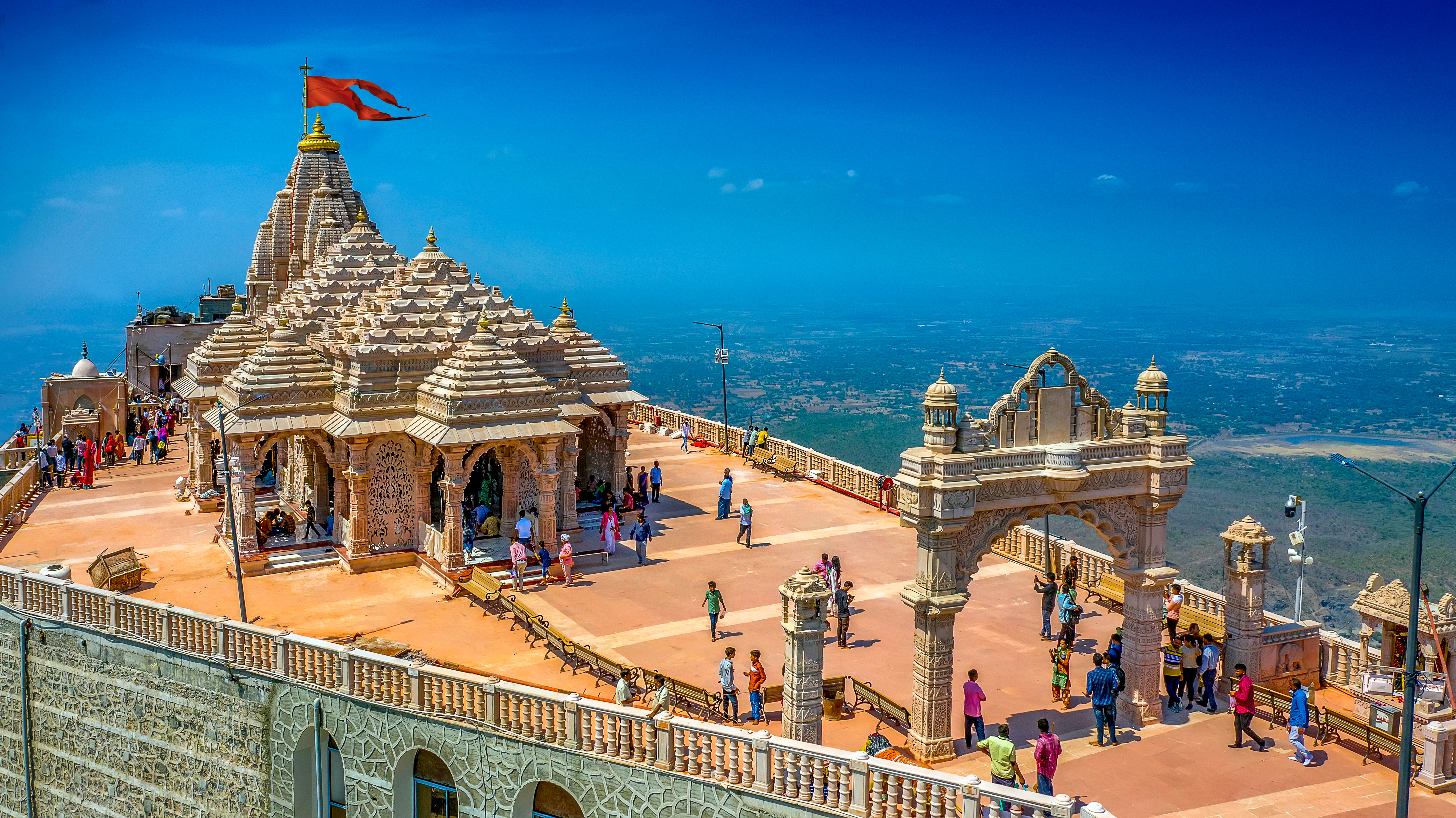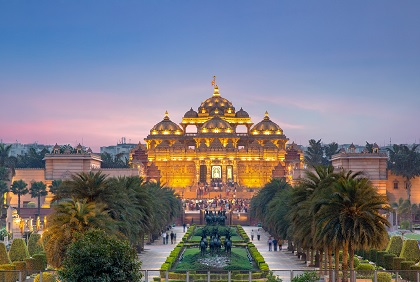



Gujrat
Duration
7Days 5Night
Min Age
5+
Tour Type
Adventure. Fun
Location
Gujrat
Posted 3 Days ago
Overview
Embark on a captivating journey through the diverse landscapes and vibrant culture of Gujarat with our carefully crafted package. This 7 Days 6 Nights Gujarat package promises an unforgettable experience, seamlessly blending cultural richness with breathtaking natural beauty.
Tentative Itinerary
Begin your journey in Ahmedabad, the cultural and economic hub of Gujarat.
Check into your comfortable accommodation and explore local markets or the Sabarmati Riverfront.
Included/Exclude
-
Pick and Drop Service
-
1 Meal Per Day
-
Cruise Dinner & Music Event
-
Visit 7 Best Places in the City with Group
-
Additional Service
-
Insurance
-
Food & Drinks
-
Tickets
Gujrat Tour Plan
Day 1 AHMEDABAD - JAMNAGAR - DWARKA (450 KMS, APPROX 08 HRS)
Moring Arrival at Ahmadabad airport and proceed to Dwarka,
En route visit Bala Hanuman Temple - Bala Hanuman Temple is a pilgrim place venerated by the devotees of Lord Ram. It is a world famous temple, known for the continuous chanting of Jai Ram, Shri Ram. The chanting has been going on since 1964 and has found a place for it in the Guinness Book of World Records. People chant the name of the Lord in shifts, 24 hours a day.
On arrival Dwarka, check in into the hotel, evening attend Aarti at Dwarkadhish Temple
Overnight stay at Dwarka

